Lord Shiva has taken many forms to rescue humanity and other Gods from calamities. One significant but lesser known avataar is that of Sri Sarabeshwara. Lord Sarabeshwara incarnated to calm down Lord Narasimha (Man-Lion Avataar of Lord Vishnu) whose wrath was unstoppable even after His work of slaying demon king Hiranyakashipu was completed.
Sarabeshwara is Lord Shiva’s Cosmic form with His crescent moon and Ganga on His divine head, face of a Sarabha bird with two wings representing His Shaktis – lion-headed Prathyangira Devi and Trident-holding Shoolini Durga Devi.
[wp_ad_camp_1]
Sarabeswara’s middle portion of the body is human-like with four arms holding fire, snake and two weapons. His lower portion (with four legs and a tail) is that of the animal called ‘Yaali’ supposed to be mightier than a lion. Thus one can see this is Lord Shiva’s cosmic hybrid form encompassing man, woman, animal, bird and several inanimate natural elements as well – earning Him the appellations ‘Sarvapakshimrugaaakaaraa’ (single-form manifestation of all birds and beasts) and ‘Sarvapakshimrugaadipaa’ (Lord of all birds and beasts).
Vaishnavaite legend contends that Lord Narasimha was calmed down by child devotee Prahlada himself for whom this avataar was taken by Lord Vishnu. However puranic evidences such as Sarabha Upanishad, numerous Sarabeshwara verses by sages such as Sage Vyasa, Lord Brahma and even a prayer by calmed-down Lord Narasimha Himself point to the existence and greatness of Lord Sarabeshwara Shiva.
He is reputed to calm down negative energies, bestow resoluteness of mind, reduce wild aggression and injustices in society, offers protection from various natural calamities and reduces ill-effects of jealousy and witchcraft (all commonly seen even in this modern dark age – ‘Kaliyuga’).
In this incarnation, Lord Shiva displays His placatory and calm side unlike His reputed wildness and anger – thereby displaying that He simultaneously possesses and transcends all basic ‘gunaas’ (qualities) of ‘Satthva’ (calm, balanced, righteous nature), ‘Rajas’ (aggressive, fighting, restless and conquering nature) and ‘Tamas’ (dull, inert, immobile nature).
This avataar is available to all today – relevant especially in this age of unrests, hidden dangers, enemities, falsehoods and insecurity. Lord Sarabeshwara is worshipped during the ‘pradosha kaalam” that occurs on the twilight hour of the fourteenth day of each fortnight. This was the time when Lord Narasimha emerged out of a pillar long back in an earlier yuga.
His bheejaakshar mantra is “Aum Kaym Kaam Kam”. His Gayatri mantra is as follows:
“Aum Ashtapaadaaya Vidmahe
Pakshiraajaaya Dheemahi
Thanno Sarabeshwara Prachodhayaath”.
A second version is as follows:
“Aum Saaluvesaaya Vidmahe
Pakshiraajaaya Dheemahi
Thanno Sarabeshwara Prachodhayaath”.
(Sarabeshwara was the family diety of the Saalukya kings of South India).

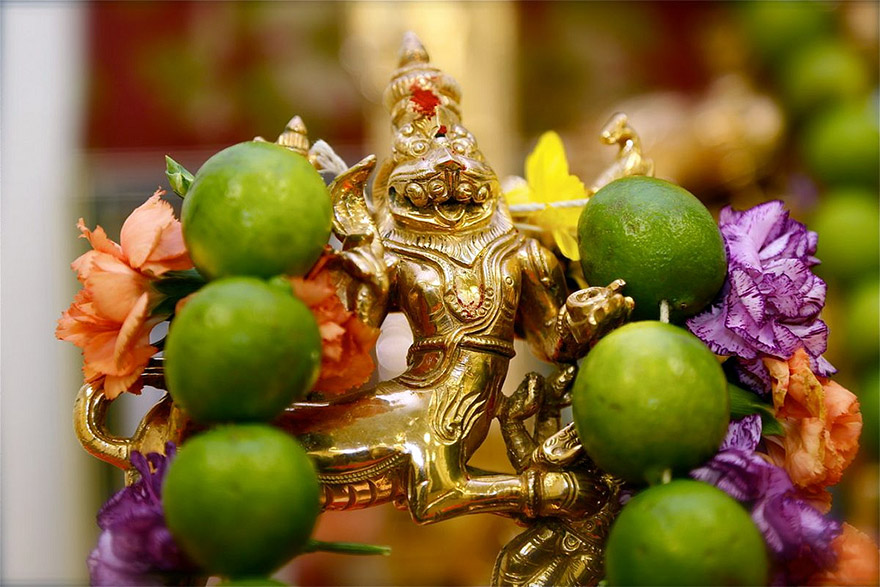
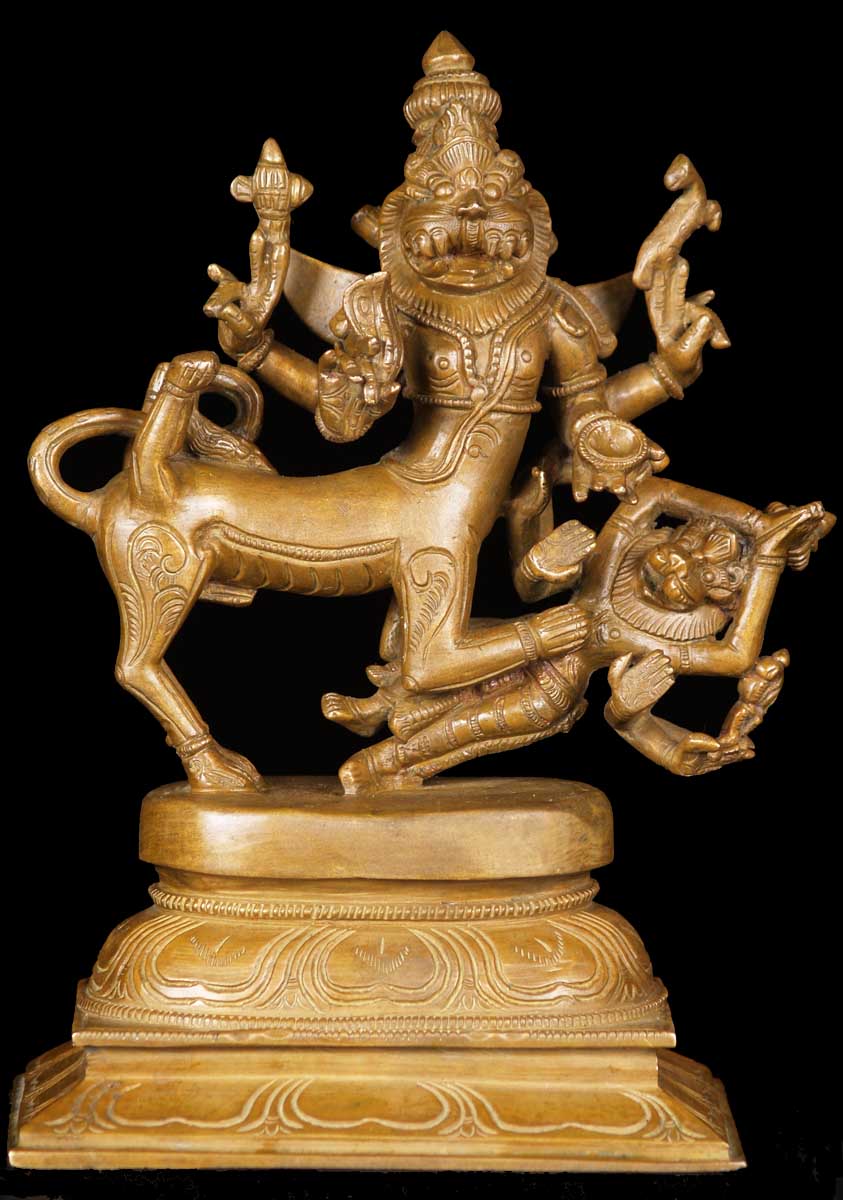
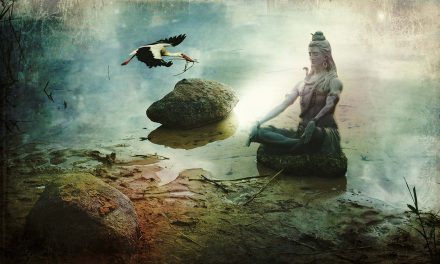
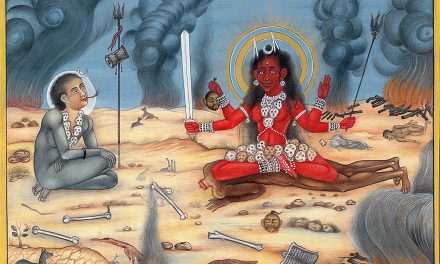
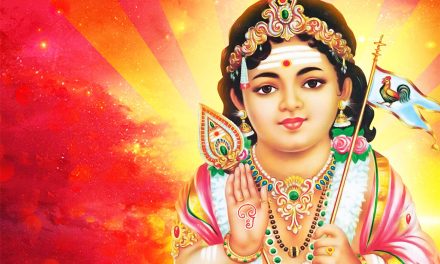











Wonderful article. Thank you for this site.
Hara Hara Mahadeva! Hara Hara Gangey!
nice info
face of a Sarabha bird – Sarabha is not bird but an animal strengthener than simh the lion
I wish to get mails on updates of yoga and other spiritual matters, as I find the information already sent ,resourceful and interesting.
Thank u for this wonderful information
Some astrologers prescribe worship of Sarabeshwara to counter the ill effects of karma for which specific cures are not prescribed or practicable.
Om namah Shivaya.
Nara Hari ki Jay!
🕉🙏
It is a fake story. Why?
The Sharabha upanishada is just 400 years old. It has no origin in north india. There are no temples in north india of Sharabha. No mention in North indian acharya’s texts. No mention in any other texts. It seems it was created to debate with Vaishnavas of South india by Shaivas of the same part. The traditional and original story says Shiva, Brahma and even lakshmiji failed to pacify Lord Narasimha. Only Prahlada Maharaj was able to pacify him and he did that. All the stories like Sharabha Killed Narasimha and Varahadeva are fake and created ones which have some description in Shiva Purana, Kalika Purana which have dating older than only 4oo years from the date. Better not to believe in such texts which say Shiva killed Vishnu, the Supreme eternal Lord of the universe (Tad Vishnoh Param Padam Sada Pasyanti Surayah – Rigveda 1.22.20) And Most ancient of all )(Rigveda 1.156.2: Vishnu is the most ancient of all, yet also the most recent. Nothing and no one creates Vishnu, yet Vishnu creates everyone and everything.)
On same lines could you please publish about Lord Kubera???
A worthy information to all (.) Thanks a lot (.)
Informative
Thanks
Dear sir/madam-
Thanks for reading and appreciating the Sri Sarabeshwara article. Thanks for pointing out the Sarabha is bird/animal name issue.
My research had brought up ‘Sarabha’ as the powerful bird portion and many mantras such as Sarabeshwara Mula Mantra, Sarabeswara Kavacham and Gayatri all refer to Sri Sarabeshwara as “Sarabha Saaluvaaya Pakshiraajaya” – mostly referring to word ‘Sarabha’ as king of birds predominantly. In south Indian texts, the animal portion is called as coming from the powerful animal (called ‘Yaali’ in Tamil, not sure of the english name). But in popular and colloquial usage, ‘Sarabha’ is used to refer to just the animal portion in many texts.
In general i feel that the word ‘Sarabha’ best refers to the total hybrid bird-animal-human avataar – for us devotees seeking His aid. Lord Sarabeshwara – being a rare and hybrid avataar the variations in descriptions are so many. It is difficult to get authentic details. My thanks for bringing it up and hope i clarified it a bit.
Very good information.
VERY NICE ARTICLES. FULL OF INFORMATION & ANCIENT PAST, WORTH KNOWING / LEARNING, THANK YOU FOR PROVIDING THIS KNOWLEDGE——–DR NARESH K CHAWLA
Many many Thanks for enriching our knowledge. Is there is any temple where is Lord Sarabeshwara’s temple?
Thankyou verymuch for giving us the sarabhagayatri manthramu. Iam very much obliged to toyou
It’s awesome information,many of us are unaware about some sects relating to Mahaiswara Shiva,good efforts made by you ,On Nama Shivaya
i had very good darshan of lord shiva.
thank you very much
Regards.
ram
Thank you for the article.
Om Mahadevaya Namaha!
OM NAMASHIVAYA. Thanks for publishing this article containing legendary details of LORD SARABESHWARA.
Eagerly await your mail. D V J Vittal.
Good service
There is a sannadhi for Sarabeswar,soolini devi and Prathyankara devi in velleswarar temple near Kabaleeswar temple at Mylapore.
atyathbutam. Om Namh Siva
Dear Sir / Madam,
This story of Sarabeshwara seems to be a concoction of the orthodox Saivite people who wanted to prove that Lord Shiva is the supreme Brahman. They have in fact called belittled MahaVishnu by their nonsensical imaginary fantasies. Those who don’t understand that Lord Shiva and Lord Vishnu are mere names and forms or manifestations of the supreme Brahman, try to play on the ignorance of people. Upanishads don’t speak of a deity called Sarabeshwara. This story of Sarabeshwara spoils the very purpose of Lord Narasimha’s Avtaar to protect the Bhaktha and proving to the Asuras that lord exists even in inanimate objects just as Bhaktha Prahlada had told his evil father HiranyaKashipu. Give me one valuable point in the Sarabeshwara legendary story except for the Saivite vain glory of trying to prove that Lord Shiva is more powerful or mightier than Lord Vishnu?
Sri Sarabeshwara carries a valuable message of unity, resoluteness, calmness and cooperation- being a cooperative effort of Sakthi and Shiva together which is rare. In today’s ego-driven world with divorces, property disputes and aggression, Sri Sarabeshwara reminds all that we need a holistic all-encompassing view of life but with single-pointed concentration. In today’s world of natural disasters and animal-like retrograde humans, He offers solace and an armour of strength against assaults. There is evidence in Linga Puraana and Atharvana Veda of the benefits of praying to Him by all people. He carries the message that Hari and Hara are inseparable. In this age of Kaliyuga where good and evil coexist side by side, Sarabeshwara balances many opposites within Himself to rescue all.
Dear All,
Please do observe that the verses from and among various points of view aa well as annotations made from time to time by our elders and many sages that… : there is no difference between Shiva and Vishnu one should know that whenever, Shiva was in required small help Vishnu was available to solve the situation where Shiva was in troubles for e.g., Bhasmasura … as such Vishnu was also in need for some times where Shiva too gave his helpful hand, please do know the oneness of them above to our conscious enlightenment.
Jai Maa
Aum Sarabeswara Potri